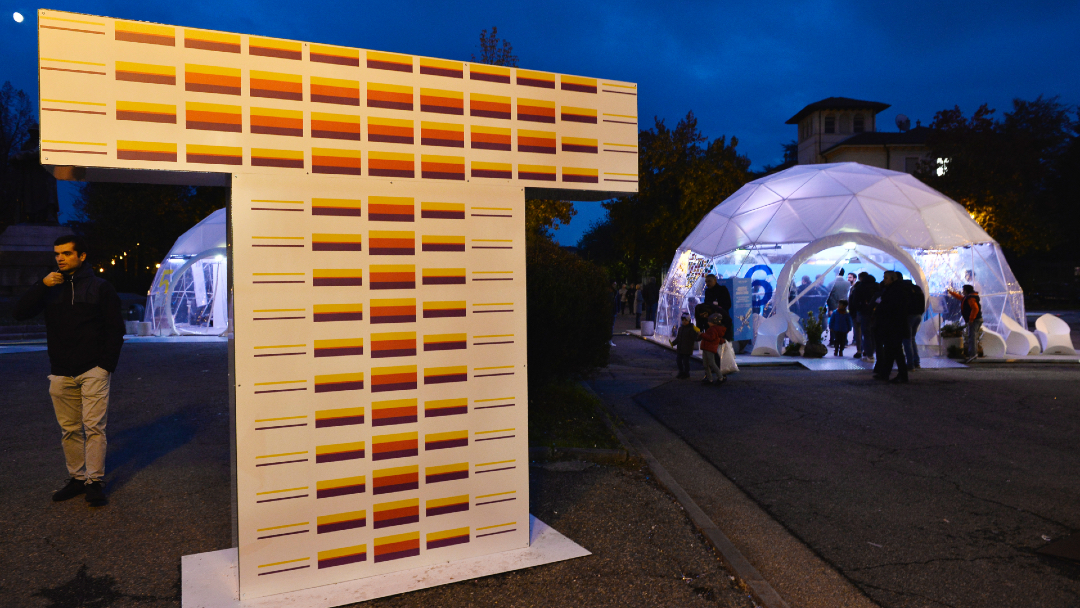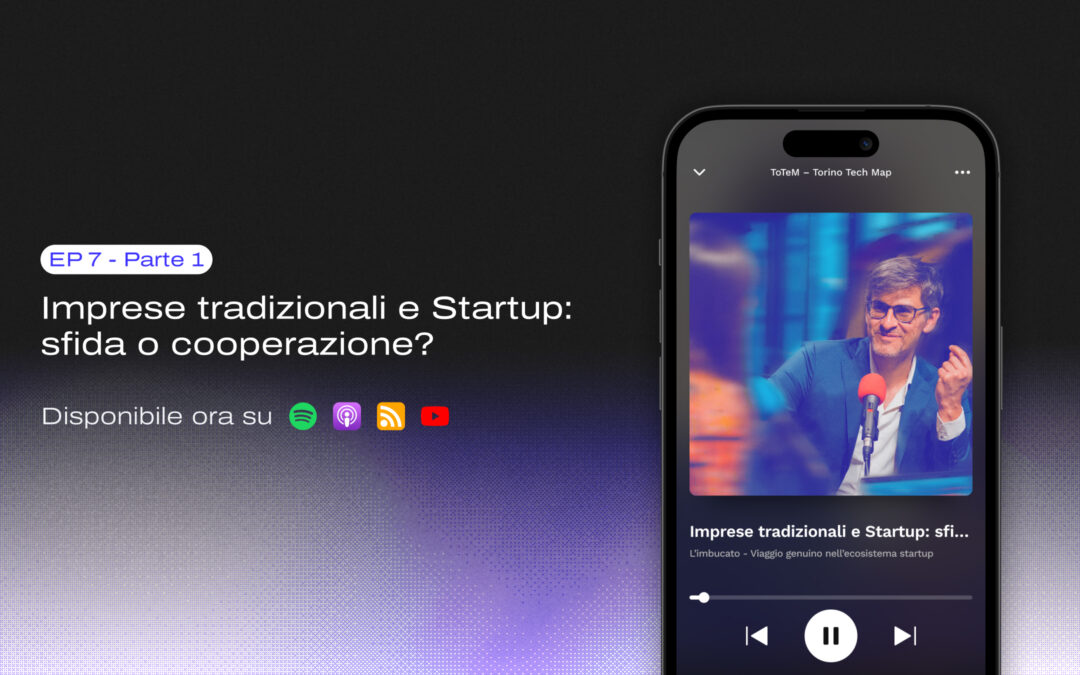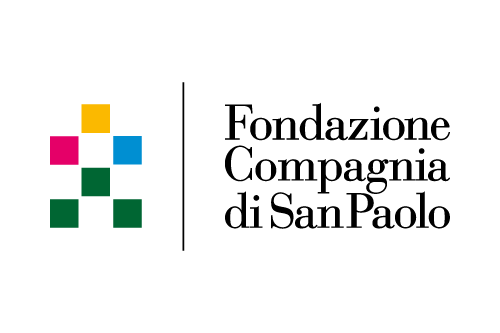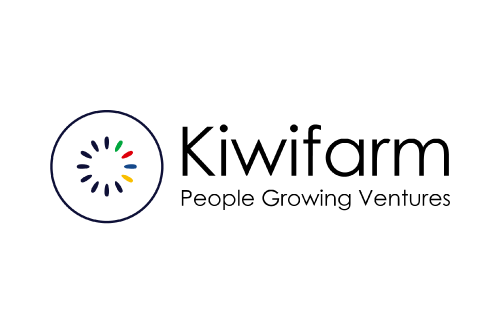Content extracted and reworked from the courses of School of Entrepreneurship & Innovation.
The hard truth is that there is no simple recipe for finding business ideas. The positive note is that there are different methodologies to try to formulate one: design thinking, lean startup, systemic design, etc.. What we propose in this article is a mixture of different methods born from the experience of SEI entrepreneurship courses.
The first golden rule to respect is "never start from an idea, always start from a problem". Let's try to explain why. Imagine that you have created a super sophisticated product and/or service, very innovative, developed using cutting-edge technology and incredibly scalable. Great, it seems the recipe for success, doesn't it? No. Imagine that this fantastic product and/or service doesn't solve any problem. At this point maybe you are thinking that because of its features it will certainly have a market. And that's where you are wrong. If it does not solve any problem, there is no one who feels the need to own it. And, if there is no one who feels the need, it means that no one is willing to pay for your product/service. Aka there is no market for your idea.
So if you really want to find a business idea that has growth potential, first identify a problem to work on. A real problem, heartfelt, a problem that people are willing to pay to solve.
Have you found a real problem? Okay, let's go!
The first step in this process is to become an expert on the problem. You need to know every statistic, every article, every paper on the subject. It is a very long and complex process because the information at our disposal is a lot and not always well organized. To navigate through this jungle, here are some effective frameworks to start from:
Landscaping
This tool, which we will call Landscaping, gives us a first picture of what is the status quo, what are the emerging initiatives and what will be the trends that will have a significant impact on the topic in the future.

As you can see from the picture above, the model is divided into three macro spaces:
- in the circle in the center, "long term trends", It is necessary to insert, possibly on post it, the trends, which according to your research, in the future will have a greater impact on the former problem;
- in the second circle, "current system" it is necessary to insert, possibly on post it, the solutions already affirmed on the market that partially or entirely solve the specific problem on which you have decided to work;
- in the outermost rectangle, "emerging niche initiatives”, It is necessary to insert, possibly on post it, solutions not yet established on the market, such as early stage startups or research projects, which partially or entirely solve the specific problem you have decided to work on.
Stakeholder Map
This tool, which we will call Stakeholder Map, gives us a map of all the subjects and/or groups that may have an interest and/or influence on the specific topic we have decided to address.
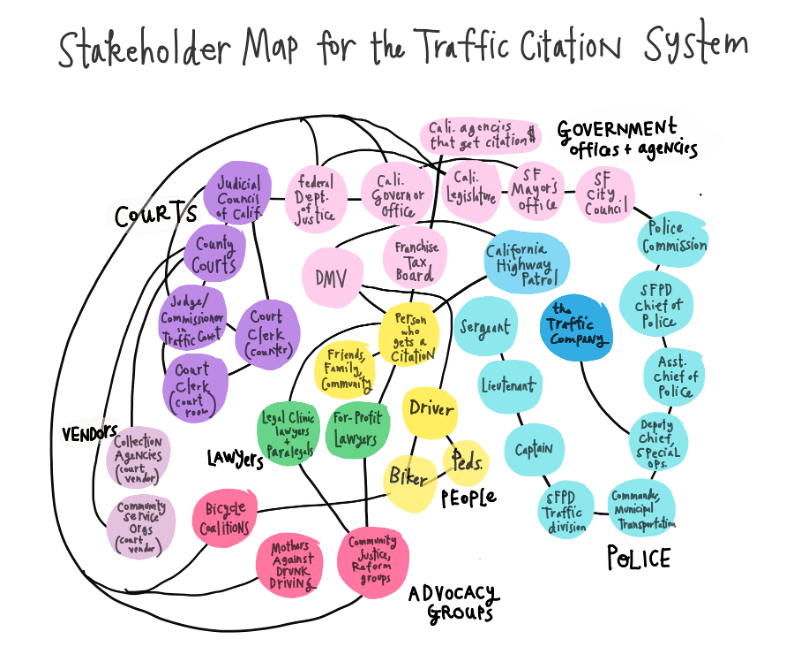
In the picture above, you can find an example of how to create the map.
You need to follow some steps:
- write clearly the problem you have chosen as a starting point with a post it and place it in the center of the map
- make a list of all stakeholders and report each subject on a post it
- place the post its of the various subjects on the map, starting from the center, by order of involvement
Frame the challenge
This tool, which we will call Frame the challenge, will help you to understand if you have really become "experts" on the problem.
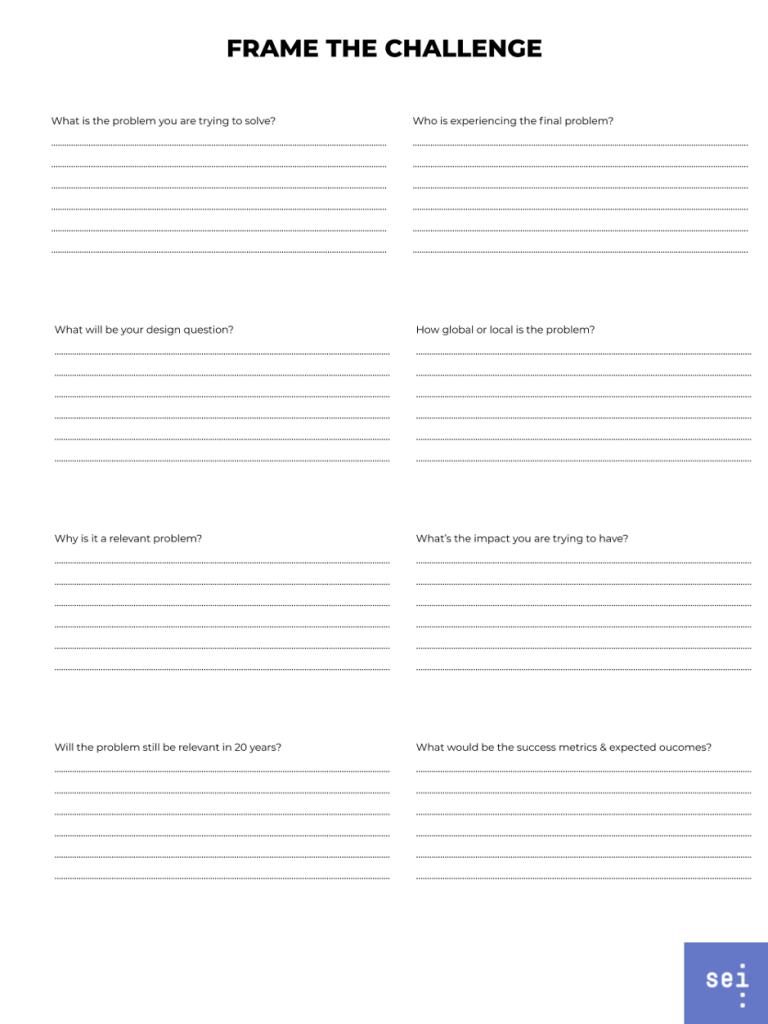
As you can see from the picture above, it is a set of eight questions about the problem that you will have to answer as precisely and accurately as possible. It is important to try to include precise metrics with relative orders of magnitude in the answers. If at some point, you realize that you are not able to answer a question, go back to the research phase.
User's Interviews
After completing all the frameworks, you should have a clearer idea of the macro theme that you have chosen and, in particular, you should have identified some needs related to it that could be felt by a more or less large segment of people. So it's time to interview these people to understand how many and which ones actually feel these needs and how much they impact their lives. To do this, you can use the method you prefer. We always suggest that you do at least part of the interviews in person. If you still want to try to do some of them online, we suggest you use Google Modules.
Whatever tool you have decided to use, now is the time to formulate questions for your potential users. It may seem like a quick and trivial task, but don't be fooled. Formulating questions incorrectly can lead you to conclusions that are far removed from reality. There are some golden rules to be respected at this stage:
1 - Ask neutral questions
No –
How beautiful is Theodore?Yes - What do you think about Theodore?
2 - Ask concise questions
No –
Since Teodoro comes from Australia and is a free koala, what do you think about the migration of koalas to a southern Mediterranean country?Yes - What do you think about the koala migration?
3 - Ask one thing at a time
No –
What do you think of koalas, Australia and freedom?Yes - What do you think about koalas?
4 - Repeat the same questions to everyone you interview
5 - If the sample is large, formulate closed questions using a scale of scores.
P.S. If, at this point, you are wondering who is Teodoro, the answer is quite simple: Teodoro is an 81-year-old Australian koala who works in SEI as a spiritual guide.
Point of view
After interviewing a significant number of potential users, you should have confirmed or rejected the assumptions about specific needs related to your chosen topic. At this point, you should be able to formulate a "point of view" on the need that, according to your analysis, is the most felt.
A "Point of View" is the relevant and concrete formulation of a problem, which will allow you to move to the conception phase in a clear way, pursuing a specific objective.
The formulation must be constructed as follows:
"User x needs y because z."
in which:
x = description of the target user
y = description of the specific need he feels
z = relevant facts that explain the need
With this, we have reached the completion of the first phase: you have identified a need, you have validated it and you are ready to move on to the next steps of the ideation phase.


